
Heist society - revisiting The Lavender Hill Mob
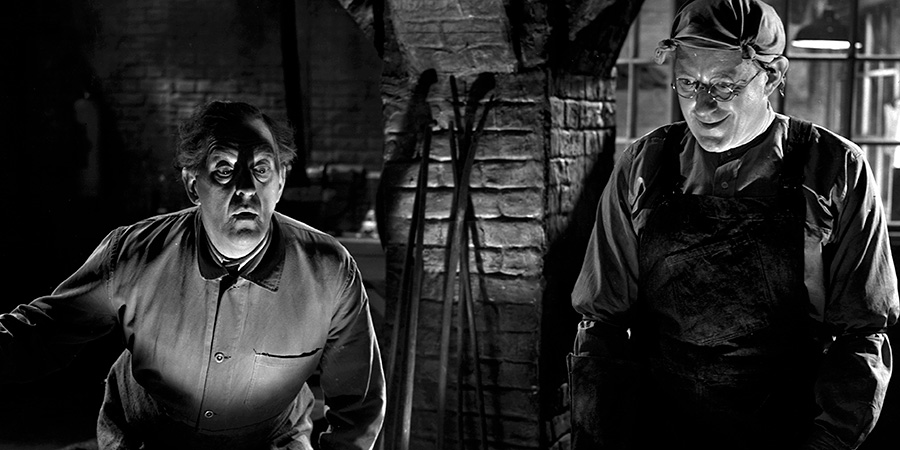
Anybody with even just a small amount of interest in British comedy history will have heard of the Ealing comedies; a run of amazingly successful British films that came out of the modest yet utterly brilliant Ealing Studios in the west London suburb whose name they bear.
This thoroughly British studio outfit had nowhere near the money, power or influence of the Hollywood hitmakers such as MGM or Warner Bros - whose works dominated the silver screen in both the US and the UK in the early 1940s and 50s - yet Ealing Studios set themselves apart from their overseas competitors, largely because they treated comedy as a very serious business: one that was just as important as any other genre in film making. In fact, they were treating British comedy as art.
Whether during the periods known as Associated Talking Pictures or as Ealing Studios - the complex in which they were based - the organisation was tenacious. It produced rousing hits with Gracie Fields (Sing As We Go!) during the great depression, and daring comedies throughout the 1930s and early period of the Second World War. Stars included Will Hay and legendary entertainer George Formby, whose exuberant 1940 film Let George Do It!, sees the lad from Lancashire literally take on Hitler: "Adolf! Put a sock in it!" he shouts before punching the Fuhrer in the face during a Nazi rally. It wasn't exactly Charlie Chaplin's The Great Dictator (released the same year), however you had to admire the star's morale-raising spirit.
Following Formby's move to Columbia Pictures in 1941, the music hall-originated entertainment began to take a back seat: the studio produced propaganda shorts in cooperation with the government and adopted a less overtly silly style for its comedies; a more modest approach to film making that seemed to set the tone thereafter, keenly anticipating the mood of post-war Britain.
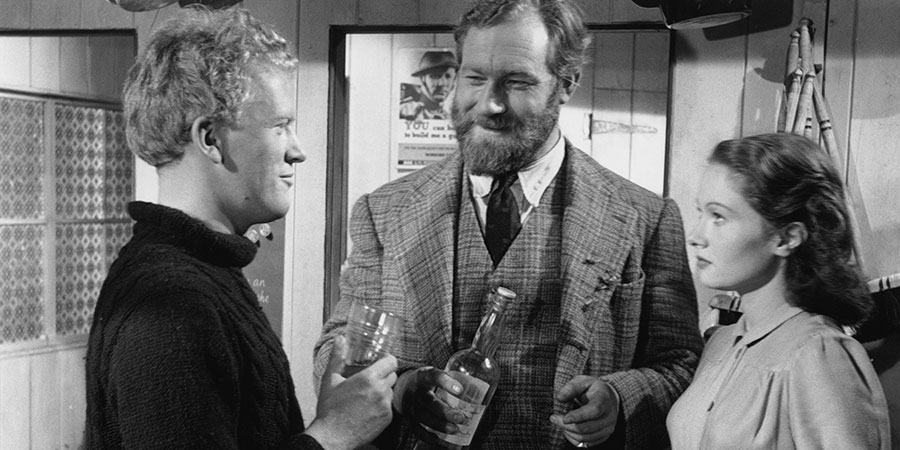
Its run of particular brilliance, in which it produced the subset of its output now generally recognised as the archetypal 'Ealing comedies', began in 1947 and includes Kind Hearts And Coronets (1949), Whisky Galore! (1949), Passport To Pimlico (1949) and The Ladykillers (1955). There are at least four that regularly appear in critics' lists of some of the greatest films of all time, and one such jewel in Ealing's crown is the 1951 crime caper starring Alec Guinness and Stanley Holloway, The Lavender Hill Mob.
It is undoubtedly one of the most universally loved films in cinema history. Ranked by the BFI as the 17th greatest British film ever made, the screenplay picked up an Oscar, and - perhaps most surprisingly of all - it is one of only fifteen films to be officially listed as 'art' by the Vatican. It is British comedy's equivalent of Citizen Kane.
So, who created this complete and utter masterpiece? The film was penned by one man, T.E.B. Clarke (Thomas Ernest Bennett "Tibby" Clarke) who had already become Ealing's most sought-after scriptwriter following the successes of his earlier comedies and dramas. Primarily, he was a screenwriter, but he was also a novelist, a journalist and former policeman whose unique approach to scripting comedy managed to capture an extra special element. It could be said that before Ealing's golden period the top priority of the studio had always been to make a comedy funny, but not necessarily cinematic. Clarke was part of the team that changed all that. They came along and turned British screen comedy on its head, redefining the genre for generations to come.
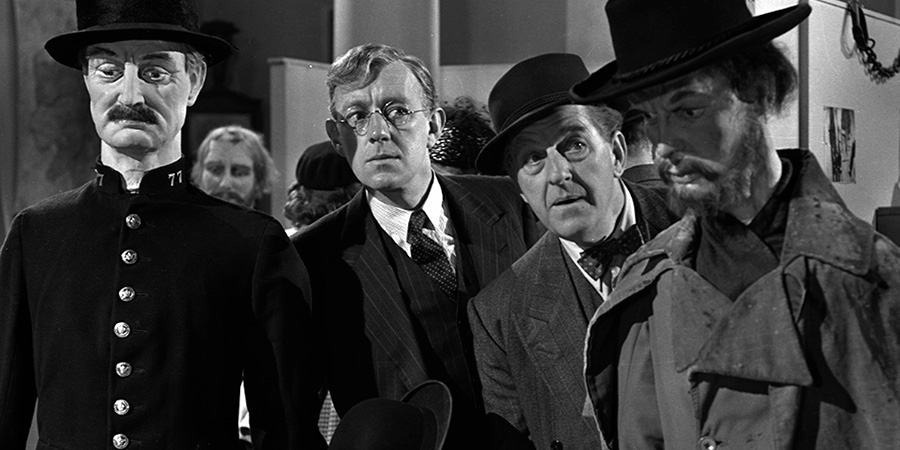
The Lavender Hill Mob is the simple story of a heist. Our protagonist is one Henry Holland (Alec Guinness) an unassuming bank clerk charged with overseeing gold bullion deliveries. After being on the straight and narrow for over twenty years something changes within him, and in his mind he formulates a plan: a daring gold robbery. His scheme becomes plausible when he meets Alfred Pendlebury (Stanley Holloway), who joins him as a lodger of the Balmoral Hotel of Lavender Hill (a real Victorian street located in South Battersea, London). Pendlebury just happens to be a souvenir manufacturer, specialising in the production of large paperweight models of the Eiffel Tower - he's just the man to assist in what will surely be the most audacious robbery ever to be carried out on British soil... if they can pull it off.
To Clarke, plot and artistry mattered. Of all his films, The Lavender Hill Mob in particular features some gorgeous cinematography (courtesy of director Charles Crichton and cinematographer Douglas Slocombe). There's something incredibly poetic about our protagonist gently leafing molten gold off his shoe with the tip of his umbrella (later molten metal, as he watches Pendlebury cast the Eiffel Towers, thus giving him an idea...). Most fans will have this moment burned into their memory, such is its strength as a piece of visual storytelling.
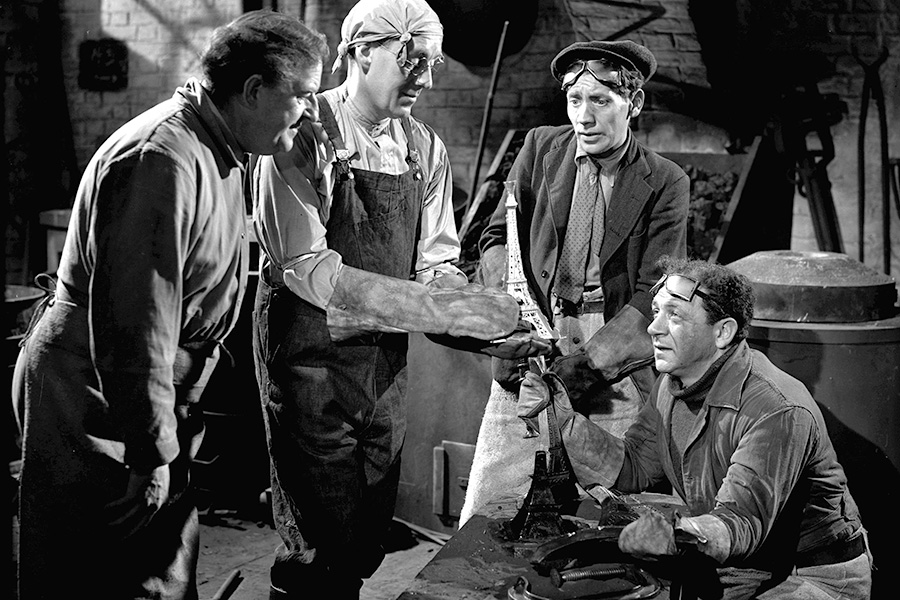
Alec Guinness plays Henry to perfection; his character is fastidious, with quite a cold and calculating streak, but there's no doubt that you root for the duo when they inevitably team up. The scene in which Henry tests the water with Alfred is a real example of the drama Clarke was determined to draw into his comedies. There's an uneasy tension as Holland declares: 'Supposing one had the right sort of partner, in the form of... erm, shall we say... Eiffel Tower paperweights...?'. The acting and atmosphere of this scene is worthy of any genuine, straight-faced heist movie, and as the audience becomes more immersed in the stakes, the dry, deadpan humour becomes ever funnier.
Clarke was well-known for his meticulous research into the premise of his plots. For The Lavender Hill Mob he presented himself before a teller at the Bank of England with a note: 'Information required on means of stealing gold bullion'. Within minutes he had almost the entire bank helping him work through plot ideas; they even set up a special committee to come up with various scenarios that would be both plausible and entertaining enough for a comedic heist.
There is a magic woven through the very fabric of this film. The casting is so on point: the careers of many future stars launch right here. International screen icon Audrey Hepburn makes one of her earliest film appearances: a cameo at Alec Guinness's insistence, though she doesn't share a scene with Stanley Holloway - her on-screen father in the classic 1964 musical My Fair Lady.
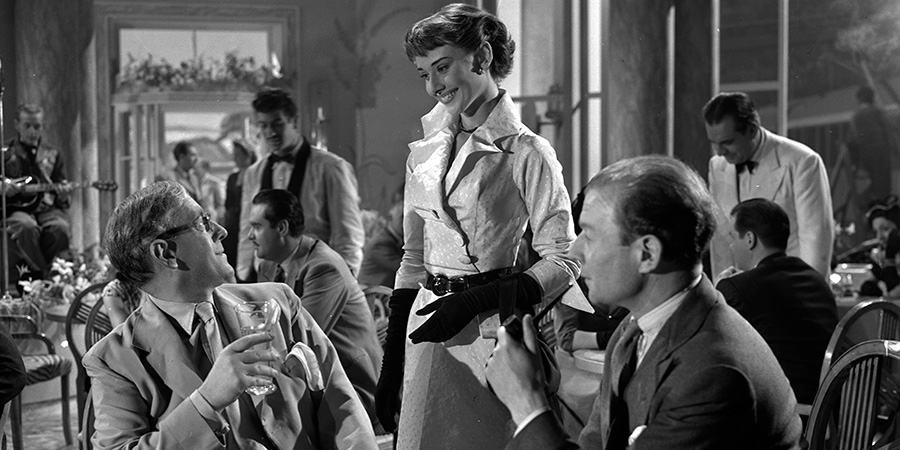
But chiefly, The Lavender Hill Mob proved to showcase two very important characters in the history of British comedy. For Holland and Pendlebury are not alone in their endeavour, by chance they happen upon two other crooks: one is Shorty Fisher, played by Alfie Bass (who would go on to have a long-lasting comedy career across stage, radio and screen) and the other is Lackery Wood - played by a certain Sidney James.
Sid makes an entrance worthy of his legendary status. Resident in Britain for just over 3 years and hitherto specialising in Cockney criminal roles across thrillers and dramas, this is his debut screen comedy: not an enormous role, despite achieving third billing, but he makes his mark. 'Who are you?' demand Holland and Pendlebury, with guns loaded and pointing at him. 'Oh, take those things away, I'm not hungry!' Sid dismisses with his typical carefree charm and presence. He's a crook with a twinkle in his eye, the lovable rogue. Here, in this scene, you are looking at the origins, not just of Sid James's on-screen persona, but of many towering heroes of Britcom: Private Walker, Norman Stanley Fletcher and Del Boy to name but a few.
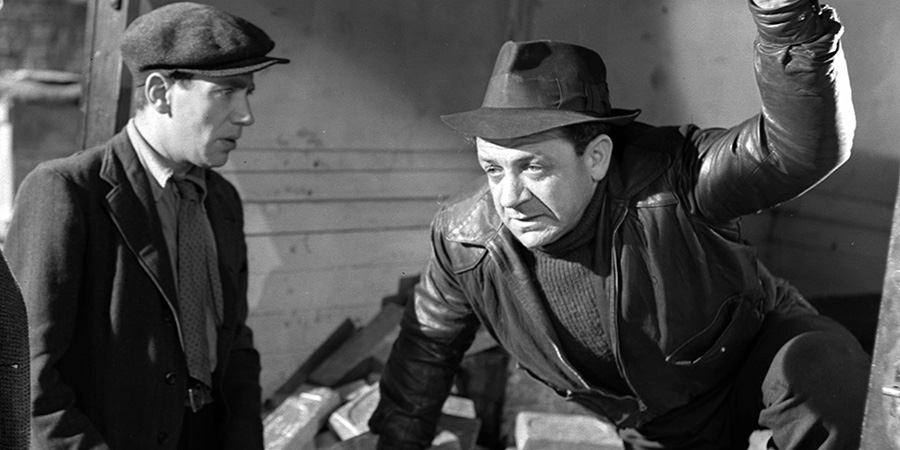
Ray Galton and Alan Simpson were two young writers who became entranced by Sid's performance. They went back to see the film a second time just to get the name of the Cockney wheeler-dealer they dreamed of pairing up with Tony Hancock for Hancock's Half Hour (1954). Although Sid was initially reluctant to fully commit to comedy at the time, they got him, and every time they wrote for him thereafter, they gave him the name: 'Sidney Balmoral James'. This stuck with Sid his entire life, with some believing that it was indeed his real name. For the South African émigré, The Lavender Hill Mob really was the making of him.
Of course, most Ealing films had a moralising element and as such the realities of Holland and Pendlebury's crime runs seamlessly into large-scale farce. From a great chemistry between the two lead actors, there come some beautifully whimsical moments but one in particular must have been a technical nightmare to shoot, especially when you consider the year this film was produced (1950) coupled with Ealing Studios' limited budget.
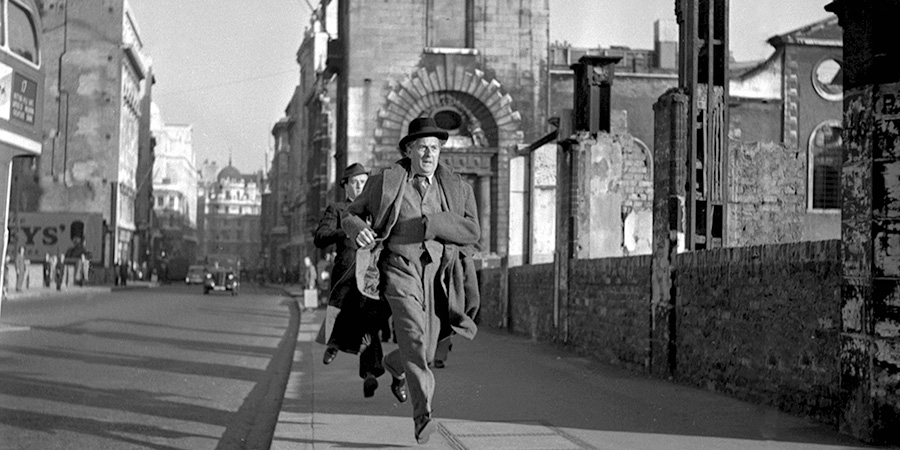
Most of the film was shot in London, still visibly deeply scarred from the war. Several bombed-out locations can be glimpsed throughout the film, baring the capital's still-oozing sores from the Blitz. Some six years after hostilities had ended, buildings and lives were still teetering on the brink: but there's a sense of a phoenix beginning to rise from the ashes.
Post-war, a new dawn in British comedy was awakening, and after Holland and Pendlebury came hurtling down the Eiffel Tower, suitcases firmly in hand, with their coats flying, and hats floating aimlessly on the breeze, things would never be the same again.
Help us publish more great content by becoming a BCG Supporter. You'll be backing our mission to champion, celebrate and promote British comedy in all its forms: past, present and future.
We understand times are tough, but if you believe in the power of laughter we'd be honoured to have you join us. Advertising doesn't cover our costs, so every single donation matters and is put to good use. Thank you.
Love comedy? Find out moreThe Lavender Hill Mob - Digitally Restored

Mr. Holland (Alec Guinness) has supervised the bank's bullion run for years. He is fussy and unnecessarily overprotective, but everyone knows he is absolutely trustworthy. And so, on the day the bullion truck is robbed, he is the last person to be suspected. But there is another side to Mr. Holland; he is also Dutch, the leader of the Lavender Hill Mob.
Prolific Ealing writer T.E.B. Clarke won an Oscar for his deft script but he was helped greatly by the precise direction and impeccable timing of director Charles Crichton, and by the brilliance of Alec Guinness's performance.
When he tries to recruit Mr. Pendlebury (Stanley Holloway) as Pendlebury chips away at one of his sculptures, Guinness circles Holloway, playfully seducing him into the idea of robbery and, as Holloway finally understands the proposition, Guinness looks back over his shoulder like some elfin Lucifer. When the mob goes over its robbery plans, Guinness insists on a detail and Shorty (Alfie Bass) acknowledges that Guinness is the boss. Guinness, concentrating, agrees. Then, as he relaxes and eases back in his chair, Guinness sheds his years of servitude to the bank - Dutch Holland is indeed the boss...
First released: Monday 1st August 2011
- Distributor: Optimum Home Entertainment
- Discs: 1
- Minutes: 81
- Catalogue: OPTBD1926
![]() Buy and sell old and new items
Buy and sell old and new items
Search for this product on eBay
BCG may earn commission on sales generated through the links above.
- Distributor: Optimum Home Entertainment
- Region: 2
- Discs: 1
- Catalogue: OPTD1926
![]() Buy and sell old and new items
Buy and sell old and new items
Search for this product on eBay
BCG may earn commission on sales generated through the links above.

